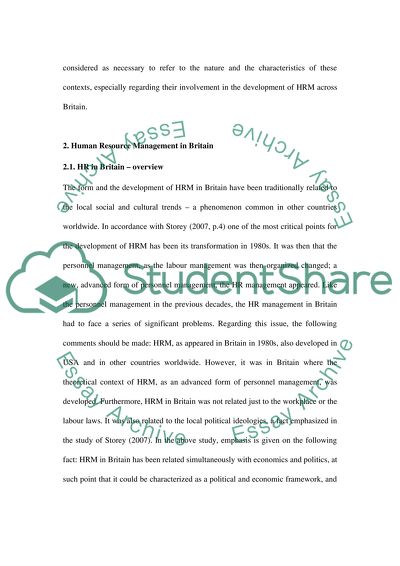Cite this document
(“International HR management take a country of your choice and consider Essay”, n.d.)
Retrieved from https://studentshare.org/environmental-studies/1412347-international-hr-management-take-a-country-of-your
Retrieved from https://studentshare.org/environmental-studies/1412347-international-hr-management-take-a-country-of-your
(International HR Management Take a Country of Your Choice and Consider Essay)
https://studentshare.org/environmental-studies/1412347-international-hr-management-take-a-country-of-your.
https://studentshare.org/environmental-studies/1412347-international-hr-management-take-a-country-of-your.
“International HR Management Take a Country of Your Choice and Consider Essay”, n.d. https://studentshare.org/environmental-studies/1412347-international-hr-management-take-a-country-of-your.


